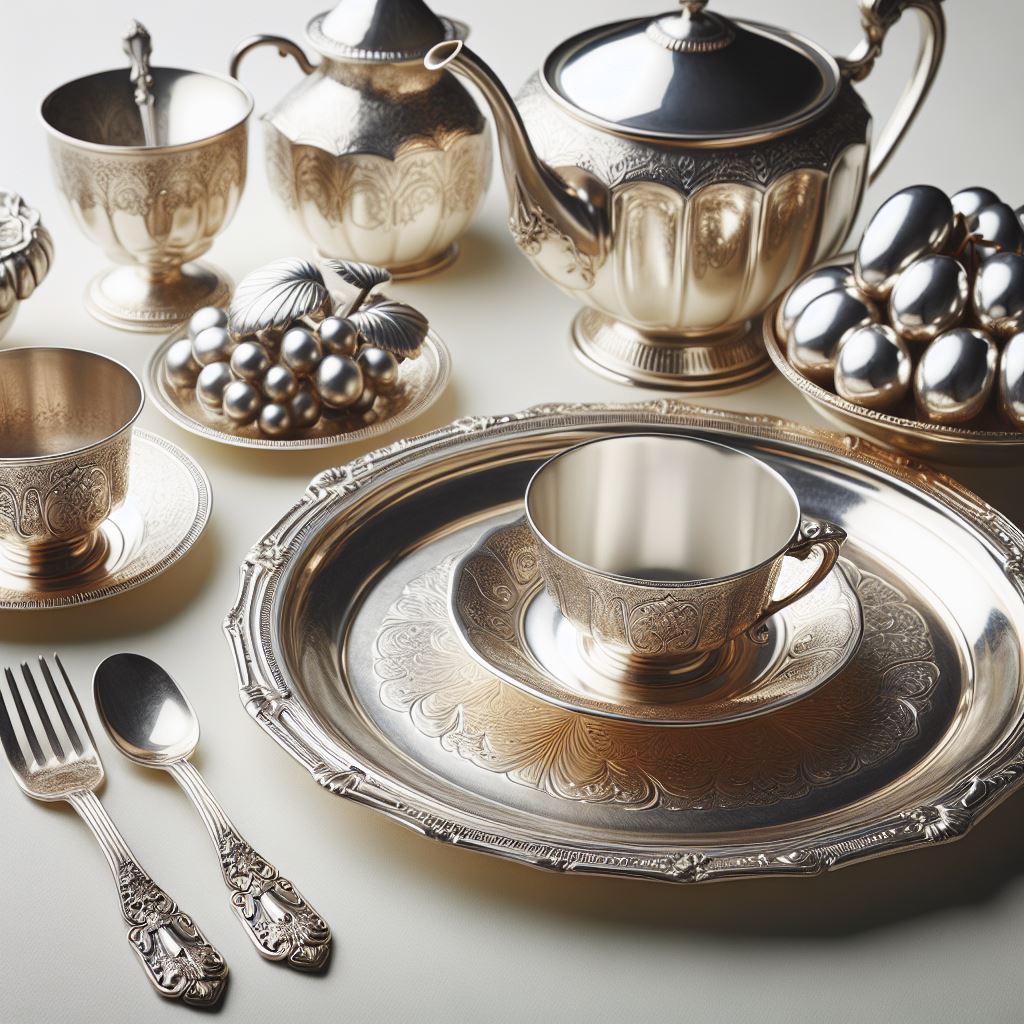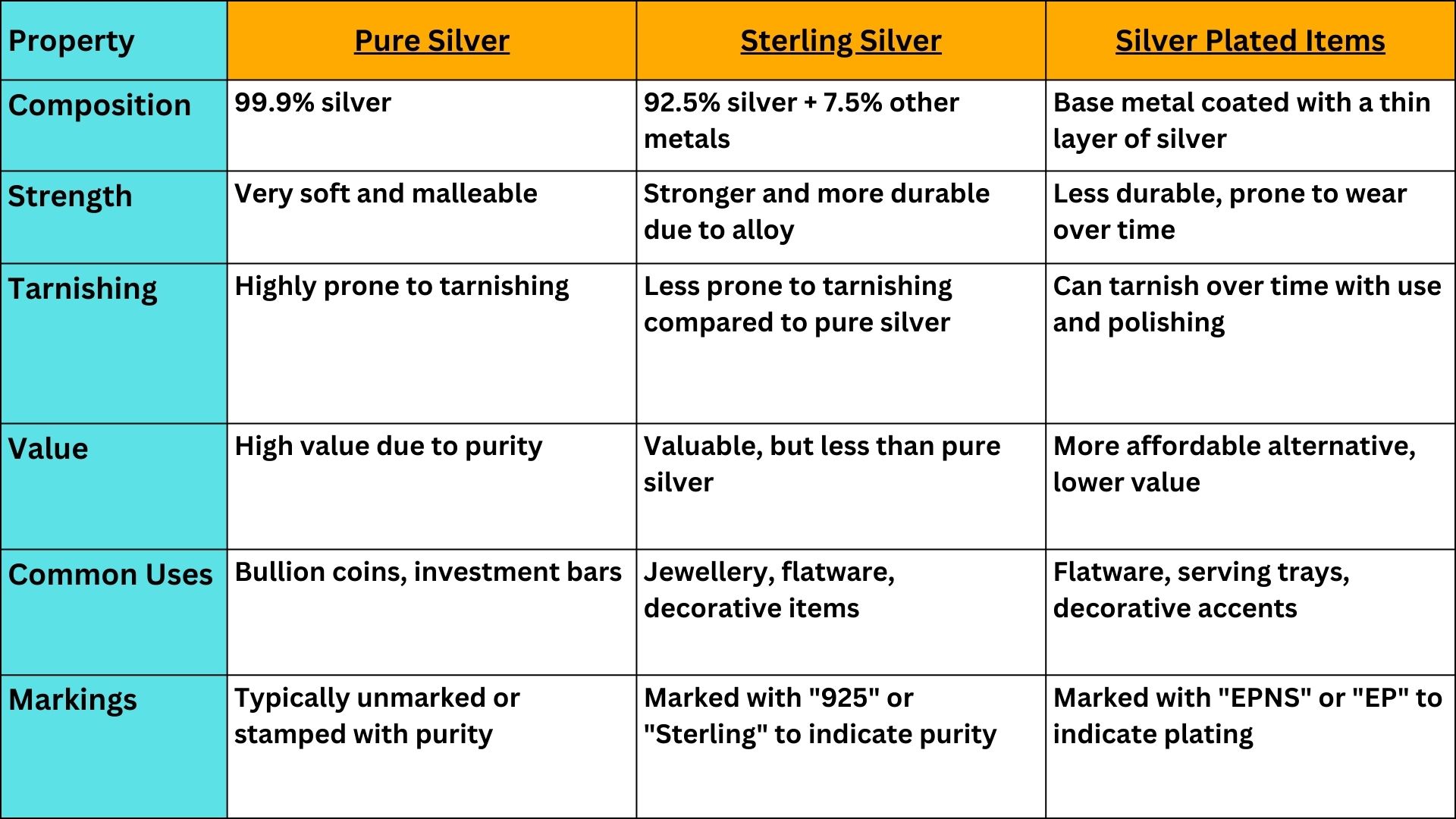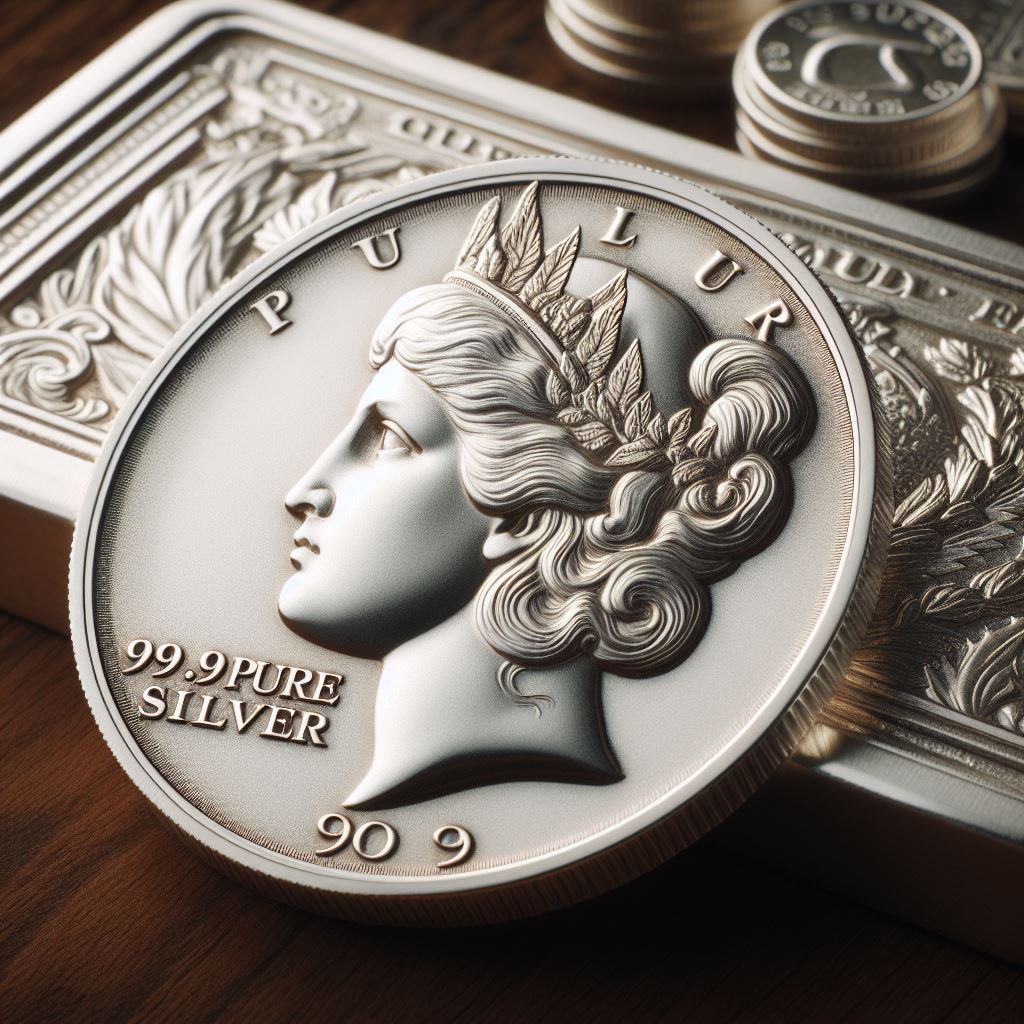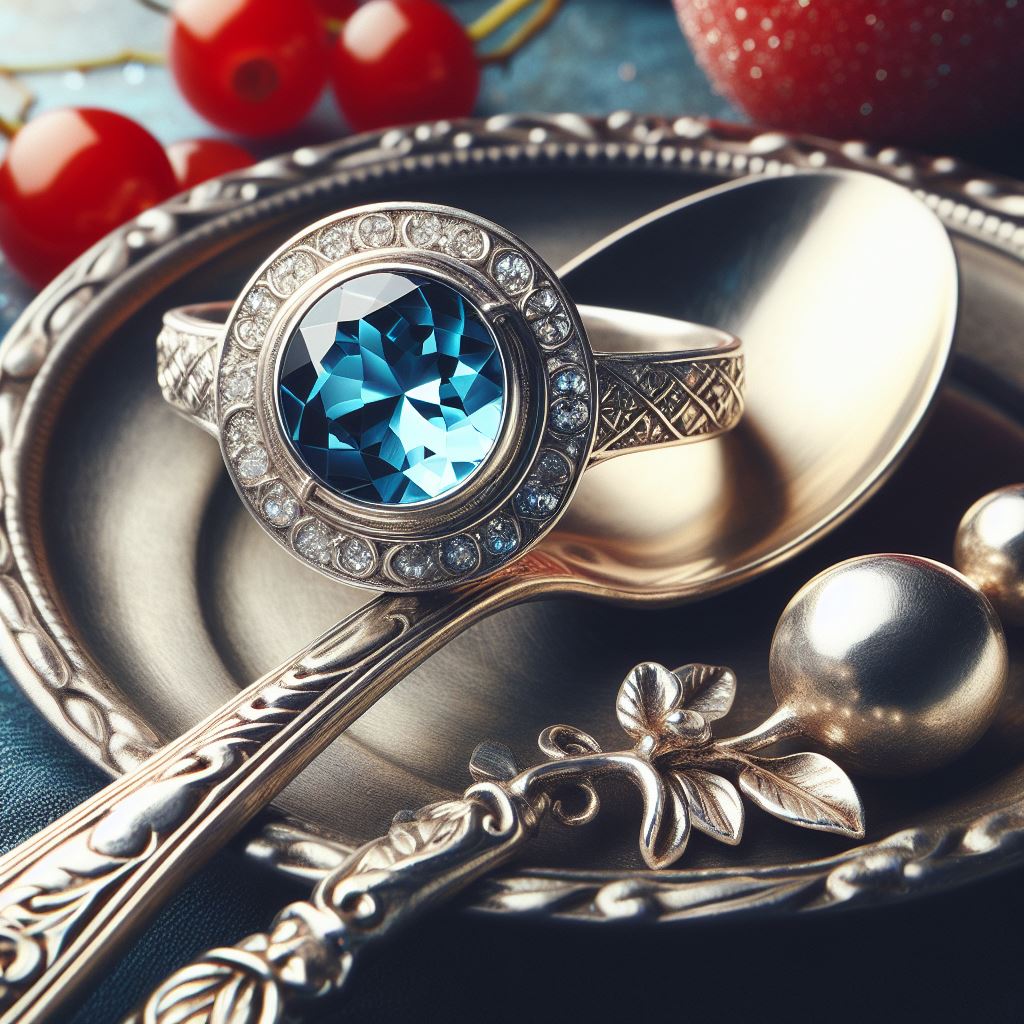Silver: It’s shiny, it’s classy and it’s timeless. But did you know that not all silver is created equal? If you’ve ever been confused about the differences between pure silver, sterling silver, and silver plated items, you’re not alone. Let’s dive into the world of silver and unravel the mystery behind these terms.
Pure Silver:
Let’s start with the purest of them all – Pure Silver, also known as Fine Silver.
Pure silver is exactly what it sounds like – silver in its most unadulterated form. It is made up of 99.9% silver, with just a tiny bit of trace elements mixed in. Because of its high purity, pure silver is incredibly soft and malleable, making it unsuitable for most practical uses.
Pure silver is often used in its pure form for things like bullion coins and investment bars. Its purity makes it highly valuable to collectors and investors alike. However, due to its softness, pure silver is not commonly used in jewellery or everyday items, as it would bend and scratch easily.
Sterling Silver:
Now, let’s talk about sterling silver. Sterling silver is a popular choice for jewellery, flatware, and decorative items. Unlike pure silver, sterling silver is an alloy, meaning it’s a mixture of silver and other metals. In the case of sterling silver, it’s typically composed of 92.5% silver and 7.5% other metals, most commonly copper.
The addition of other metals, particularly copper, gives sterling silver increased strength and durability compared to pure silver. This makes it much more suitable for everyday wear and use. Sterling silver is also less prone to tarnishing than pure silver, although it may still require occasional polishing to maintain its lustre.
When shopping for sterling silver, you’ll often see markings like “925” or “Sterling” stamped on the piece. These markings indicate that the item is indeed sterling silver and meets the standard purity requirement of 92.5% silver.
Silver Plated Items:
Lastly, let’s touch on silver plated items. Silver plated items are made from a base metal, such as copper or brass, that is coated with a thin layer of silver. The coating can be anywhere from 1 micron to 10 microns thick. Unlike pure silver and sterling silver, silver plated items contain only a minimal amount of actual silver.
Silver plated items can be a more affordable alternative to solid silver pieces, making them popular for things like flatware, serving trays, and decorative accents. However, it’s important to note that the thin layer of silver on plated items can wear away over time with use and polishing, revealing the base metal underneath.
When purchasing silver plated items, it is essential to be aware that they won’t have the same value or durability as solid silver pieces. Look for markings like “EPNS” (Electroplated Nickel Silver) or “EP” (Electroplated) to identify silver plated items.

This table below provides a quick overview of the differences between pure silver, sterling silver, and silver plated items, making it easy to compare their properties at a glance:

In Conclusion:
In all, the key differences between pure silver, sterling silver, and silver plated items lie in their composition and properties.
♥ Pure silver is the most valuable and purest form of silver but is too soft for practical use.
♥ Sterling silver is an alloy of silver and other metals, prized for its strength and durability.
♥ Silver plated items, on the other hand, are made from a base metal coated with a thin layer of silver and offer a more affordable option but with less value and longevity.
Whether you’re shopping for jewellery, flatware, or decorative items, understanding the distinctions between these types of silver can help you make informed choices and ensure you get the most bang for your buck. So, the next time you’re browsing through a collection of shiny silver treasures, you will know exactly what sets them apart.


